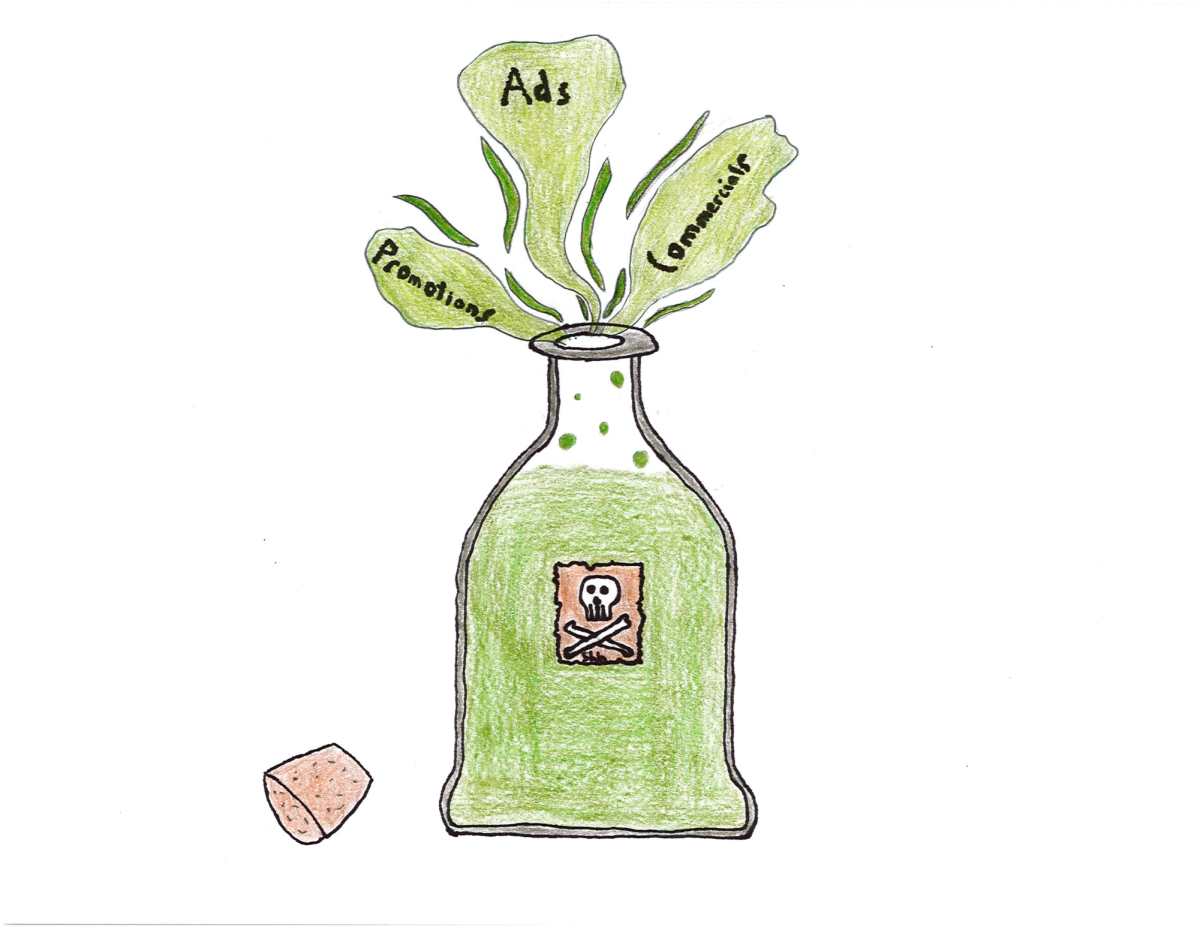Mobile gaming has been on the rise nationally and globally in recent years. Gaming is popular amongst all generations. In the past five years, the amount of money made from in-game purchases has doubled from 190 to 400 million. Alongside the attention issues arising from prolonged exposure to mobile gaming are the increased targeted advertisements and game monetization for children and other impressionable demographics.
The mobile gaming industry is a booming endeavor, especially in America. Fifty percent of the money is made from gamers in America. Mobile gamers spend anywhere from 45 minutes to 2 hours playing games every day, but the top 25% of session length times amongst mobile gamers is seven minutes. This shows just how briefly gamers are engaged at one time. Mobile gamers spread an hour of playtime over ten sessions daily. The question of whether or not the short game sessions is attributed to decreased attention span is cause for concern and debate for parents.
The appeal of games is amplified only by their variety. This way games are able to appeal microtransactions to a vast array of generations. The older generations, such as Gen X and Boomers, play strategy games like chess, Tetris, and Candy Crush. Millennials play adventure, role-playing, and gambling games. The current generation, Gen Z, is most likely to play games that involve other people and are least likely to play strategy games. However, this is not to say that puzzle games are unpopular amongst them, seeing as puzzle games are the most popular genre of mobile games in the totality of all generations.
A way app developers capitalize on gamers is by advertising. Studies show that a gamer is twice as likely to finish an advertisement if there is a reward at the end. This gives dopamine to the player after watching an advertisement. Using this structure, developers can get gamers to watch advertisements for rewards bolstering their financial gain. Video games affect every generation, but the ones most affected are the younger ones because they are a more impressionable demographic and have had video games for their entire lives. The effects are good and bad. On a positive note, gamers show enhanced motor function skills and attentiveness compared to nongamers in some aspects. According to Gwen Dewar, Ph.D., children who begin gaming from a young age have an enhanced proficiency in task-switching and their ability to react to events. In addition, children who play games before they are twelve have a better field of view and attention and an improved ability to recognize incoming distractions. On the other hand, sustained attention like the ones used in test-taking or attentiveness during class or another medium to long-length activities where abrupt distractions do not occur may be hampered by gaming from a young age.




























